The Art of Portraiture: A practical guide to better drawing with Stephen Bauman (Softback Edition)
The Art of Portraiture: A practical guide to better drawing with Stephen Bauman (Softback Edition)
Couldn't load pickup availability
This is no ordinary book about drawing portraits; this is a book that can transform you into a ‘person that draws’. Author, artist, and expert teacher Stephen Bauman offers a synthesis of the best lessons he has learned in his career as a student, as well as the most efficient exercises he’s developed as a professional artist and teacher. Whether you’re a beginner or an accomplished artist, The Art of Portraiture will take you on a journey of discovery, exploring how to capture the essence of a person with just graphite and practice.
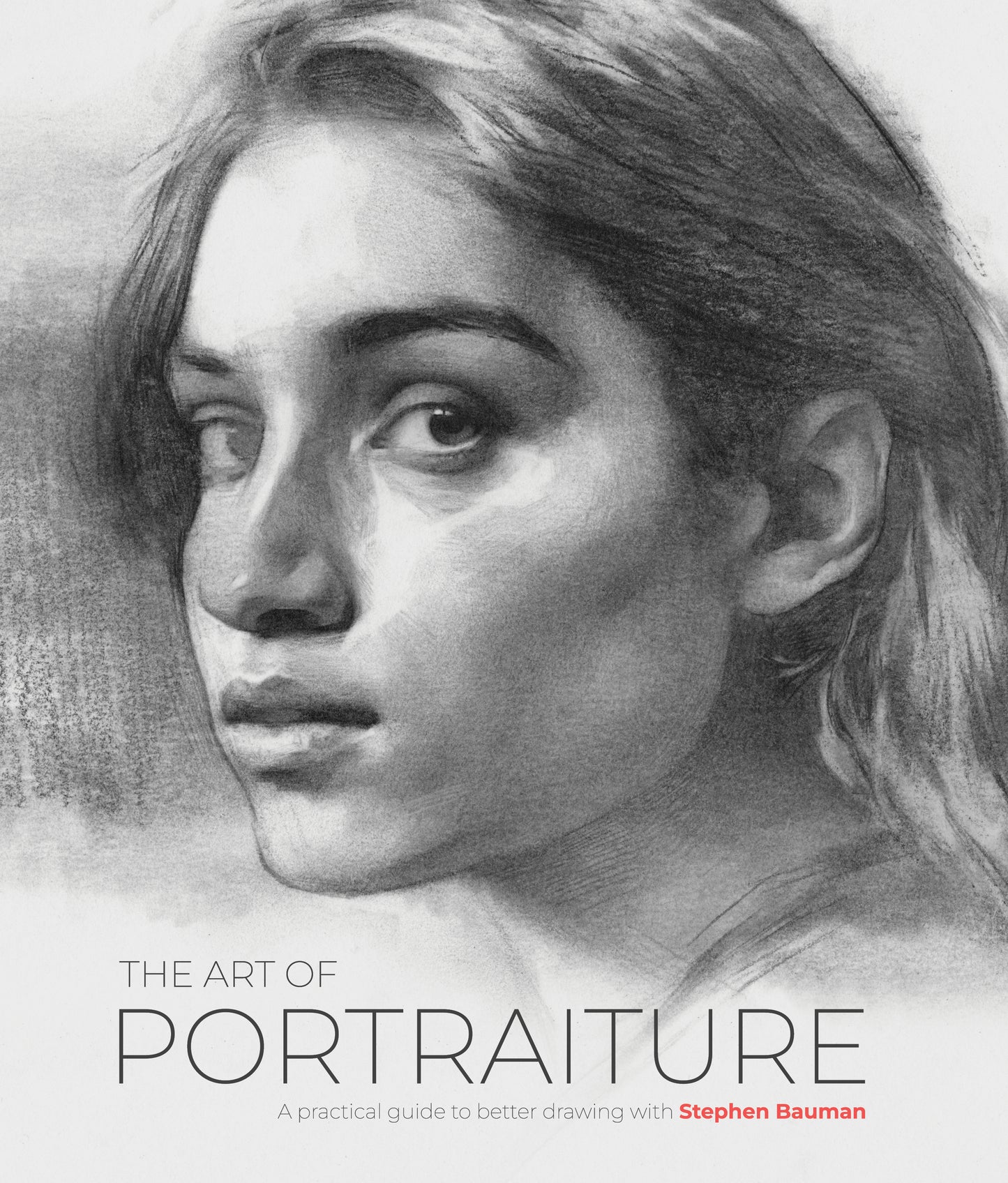
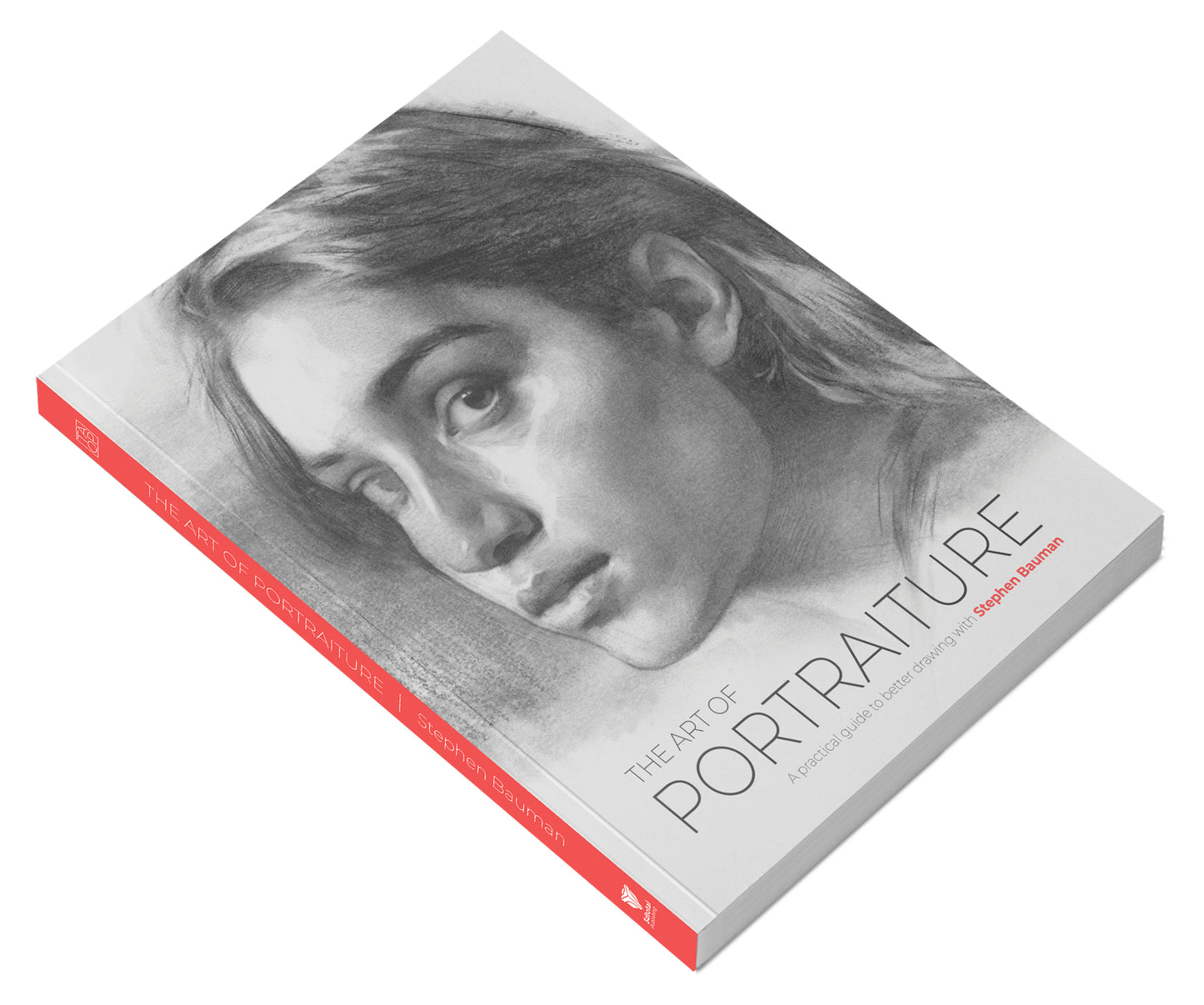
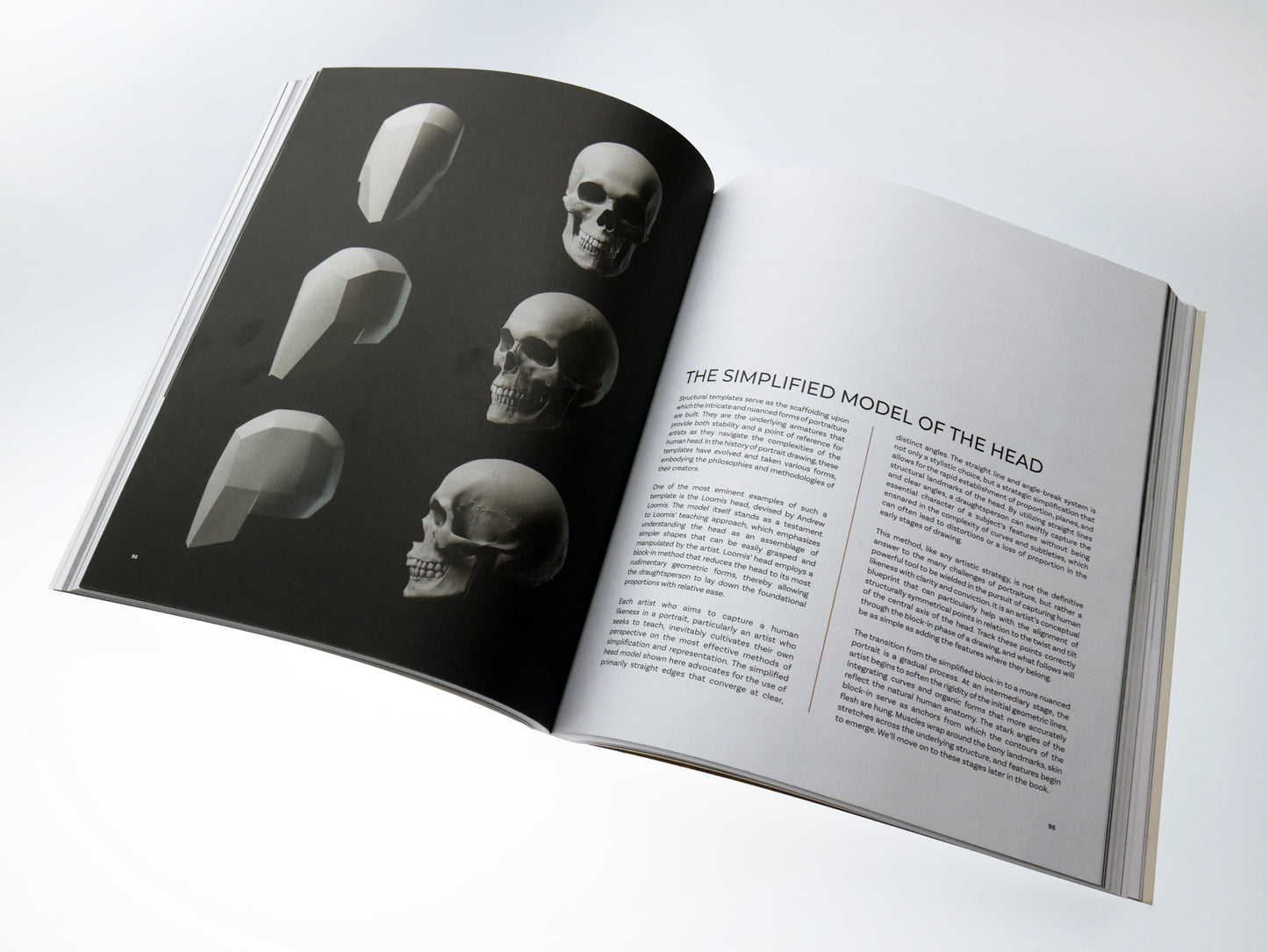
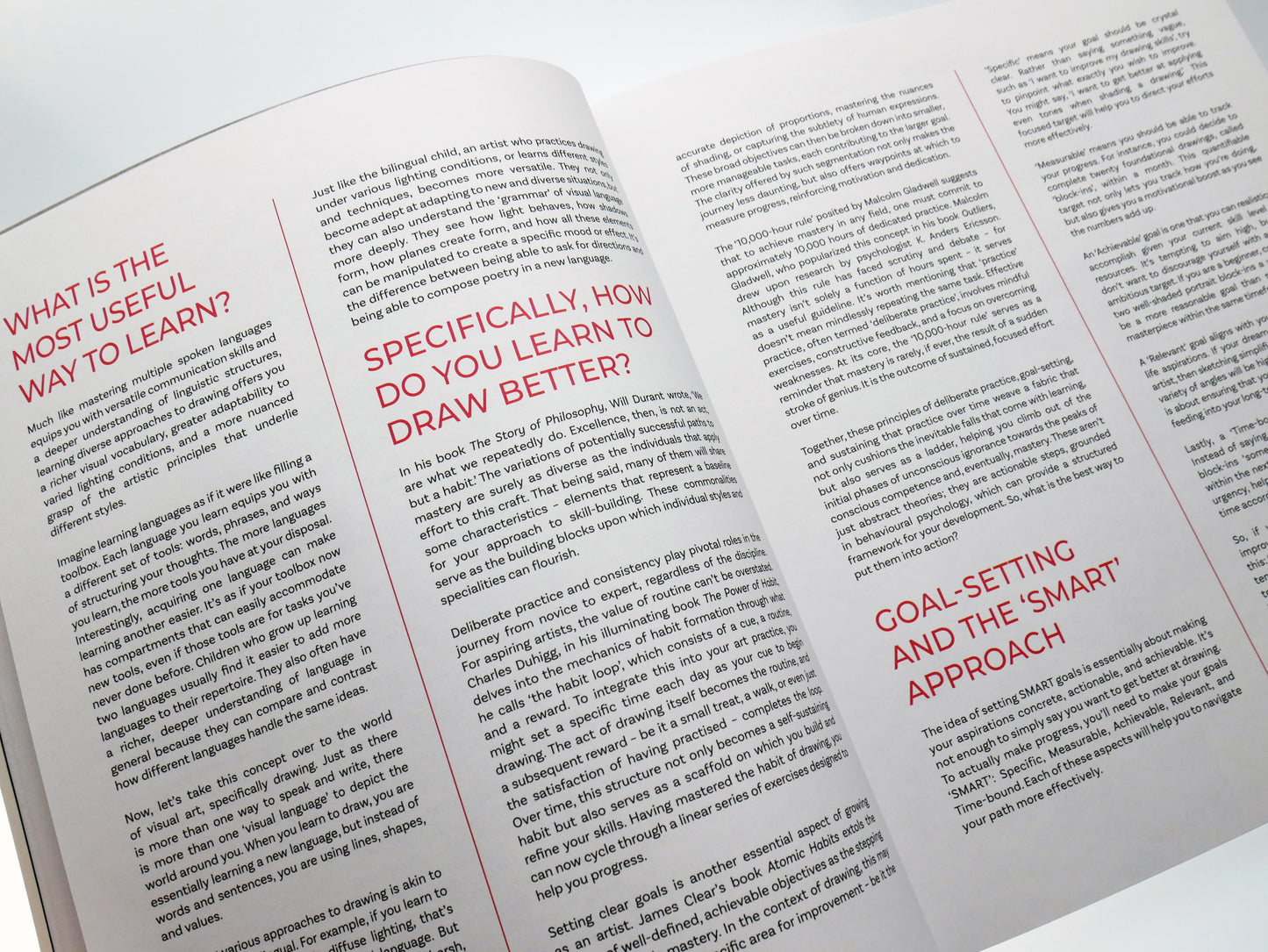
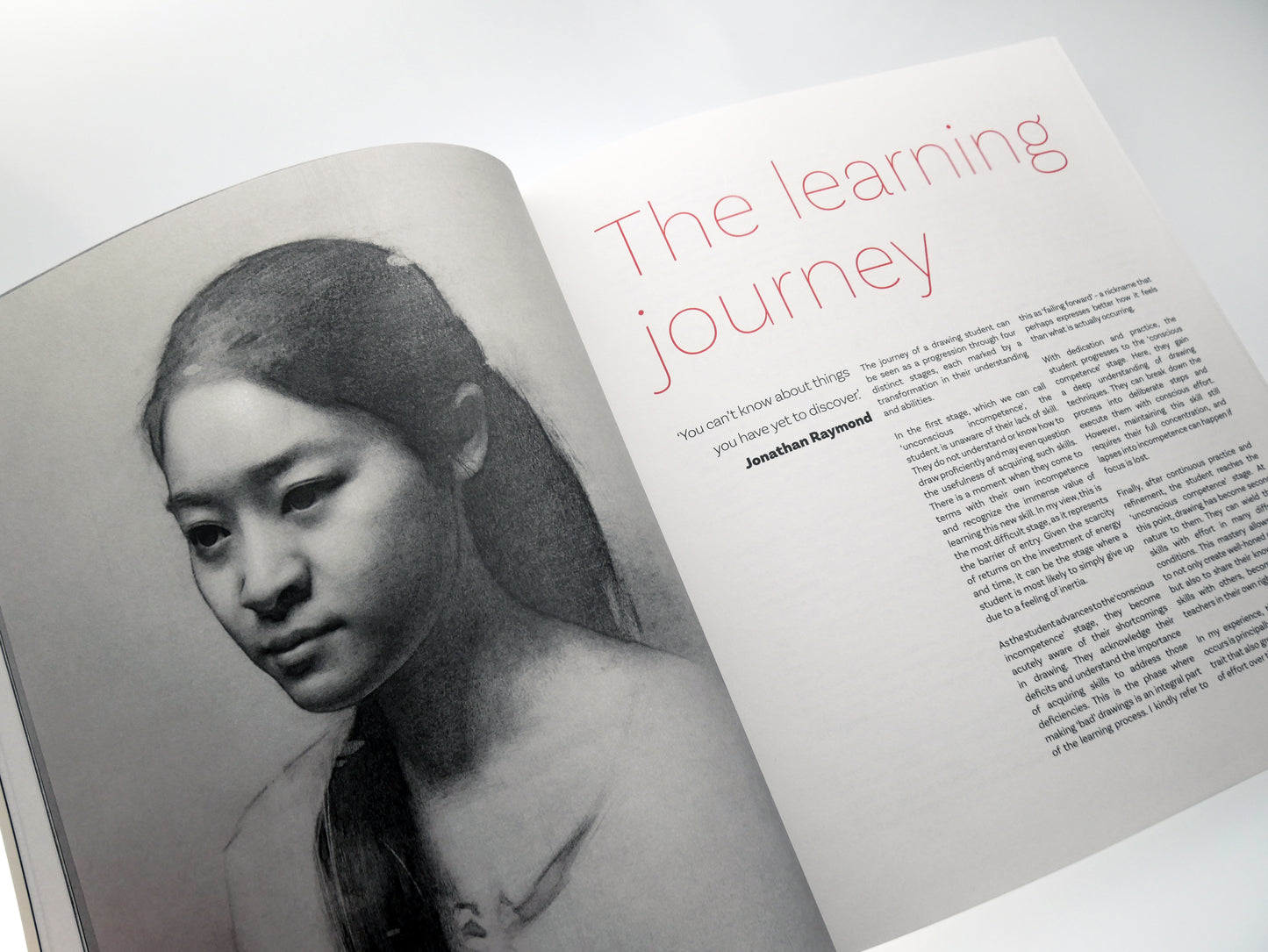
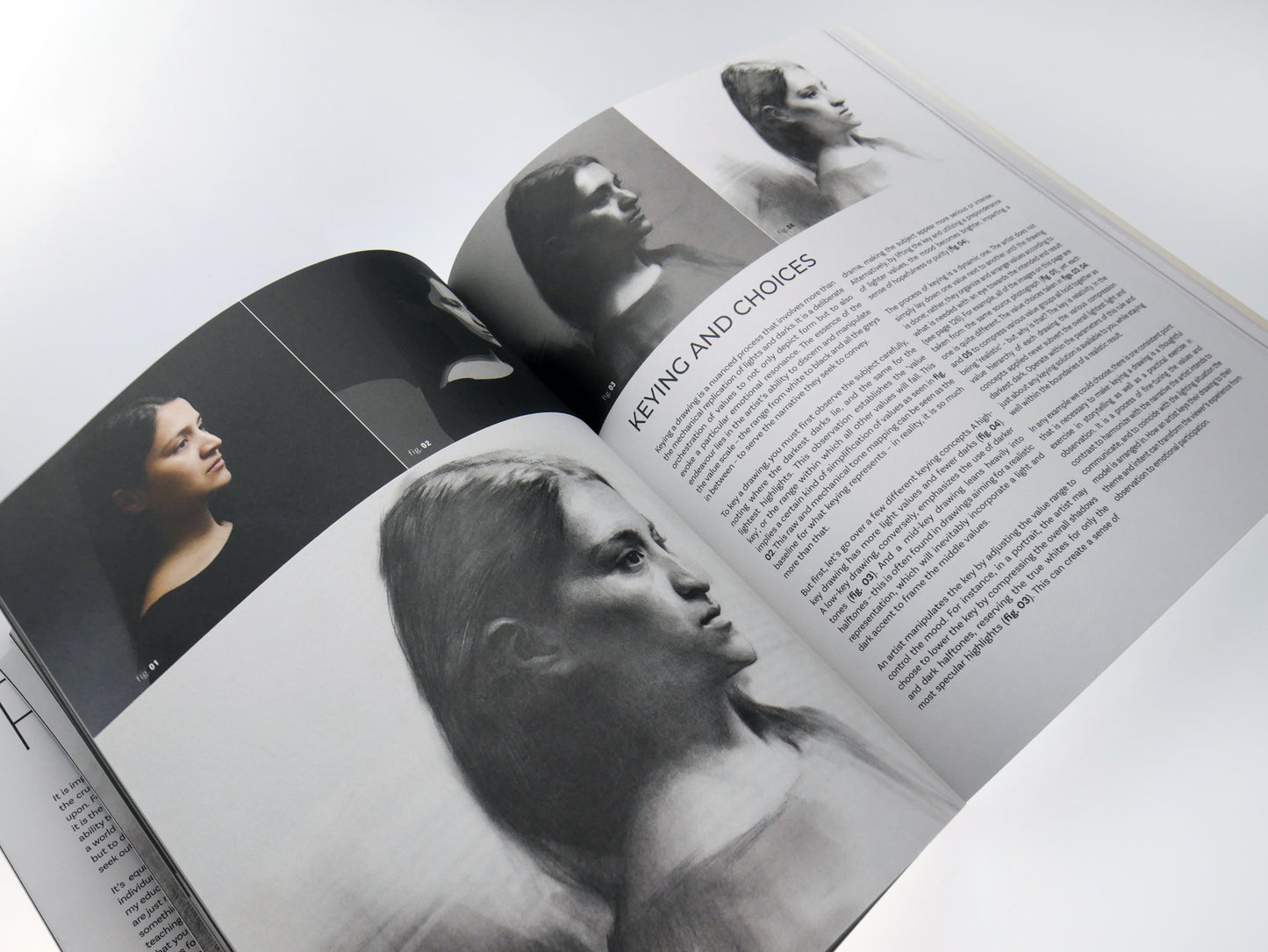
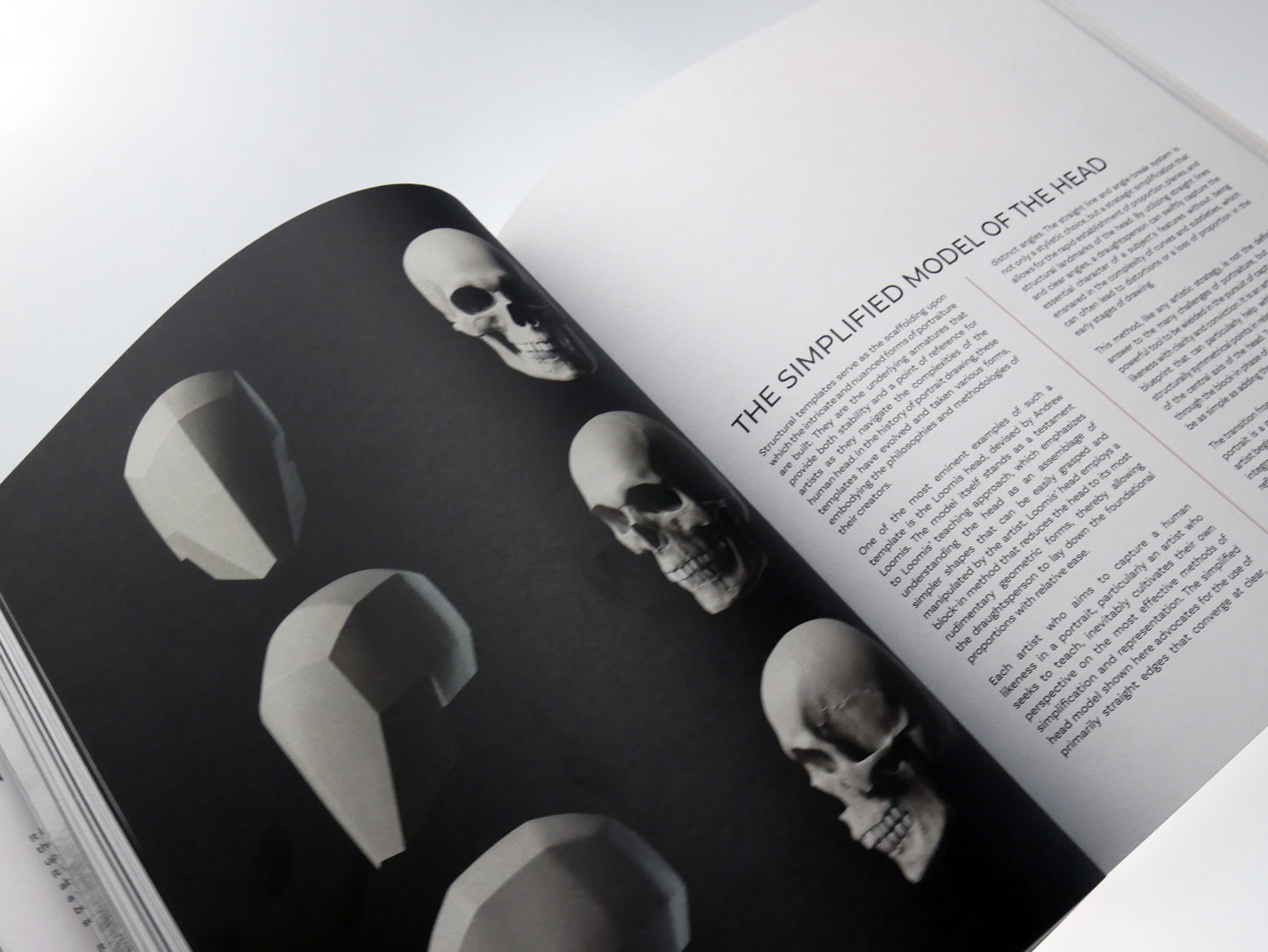
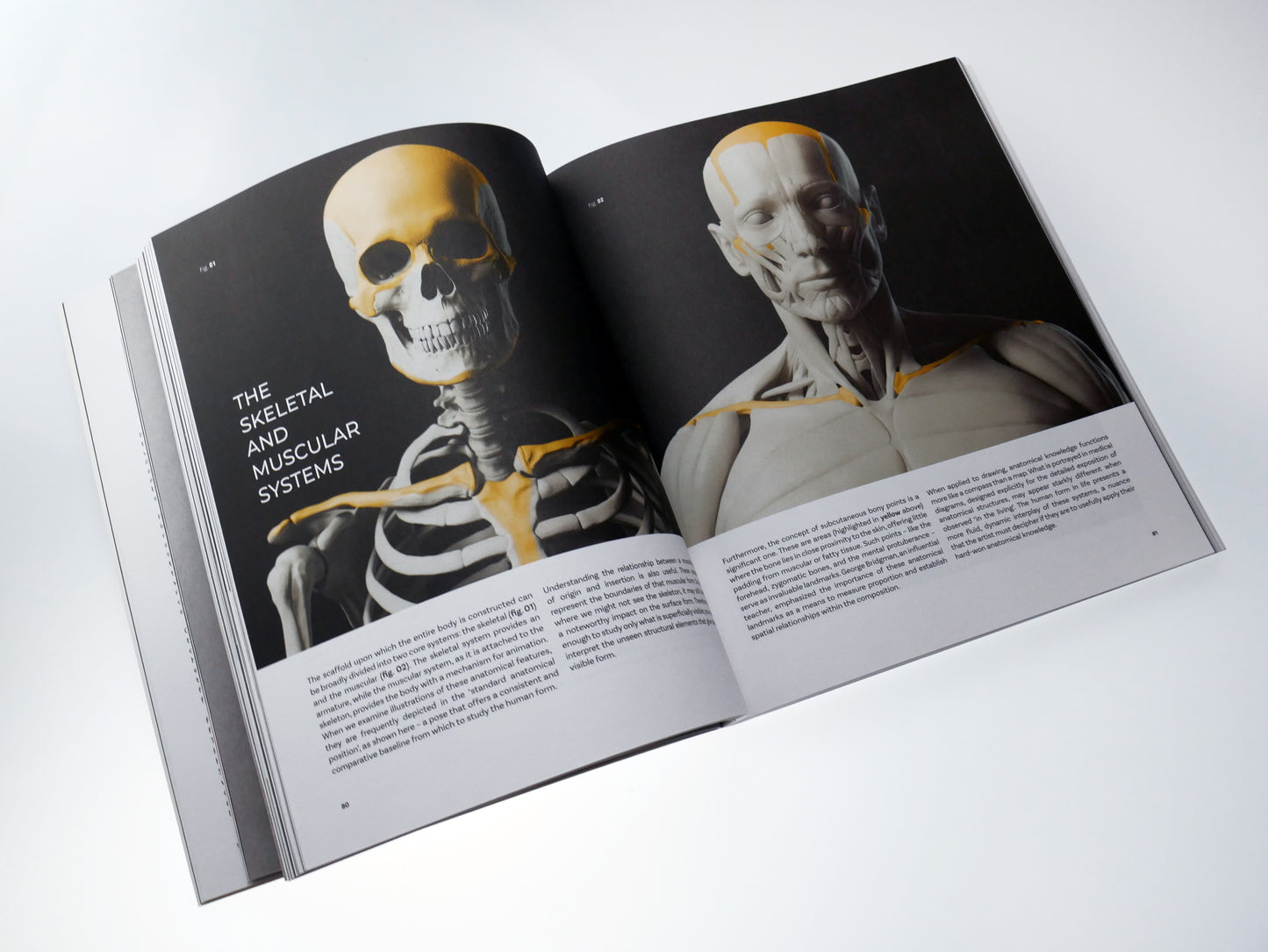
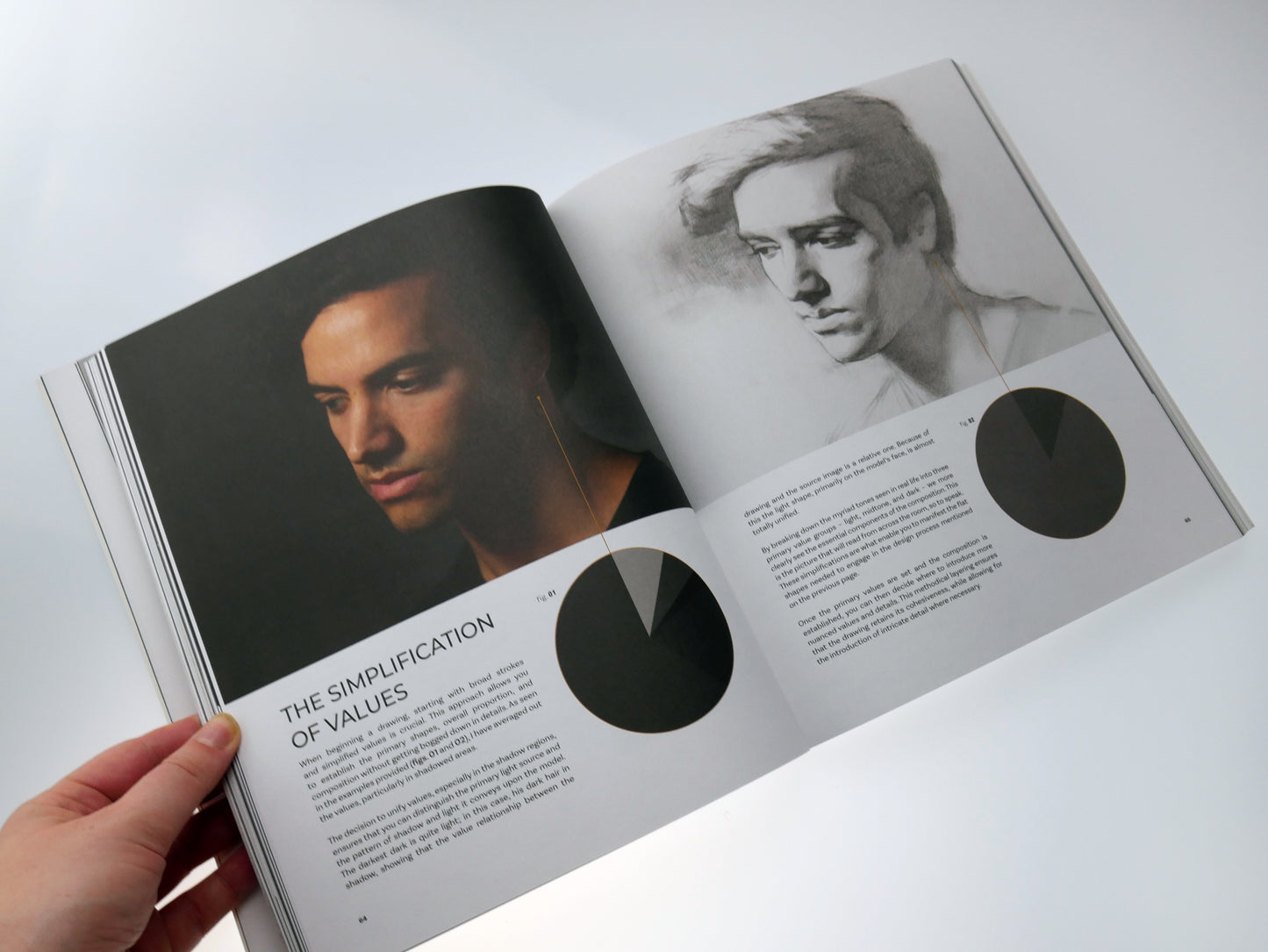
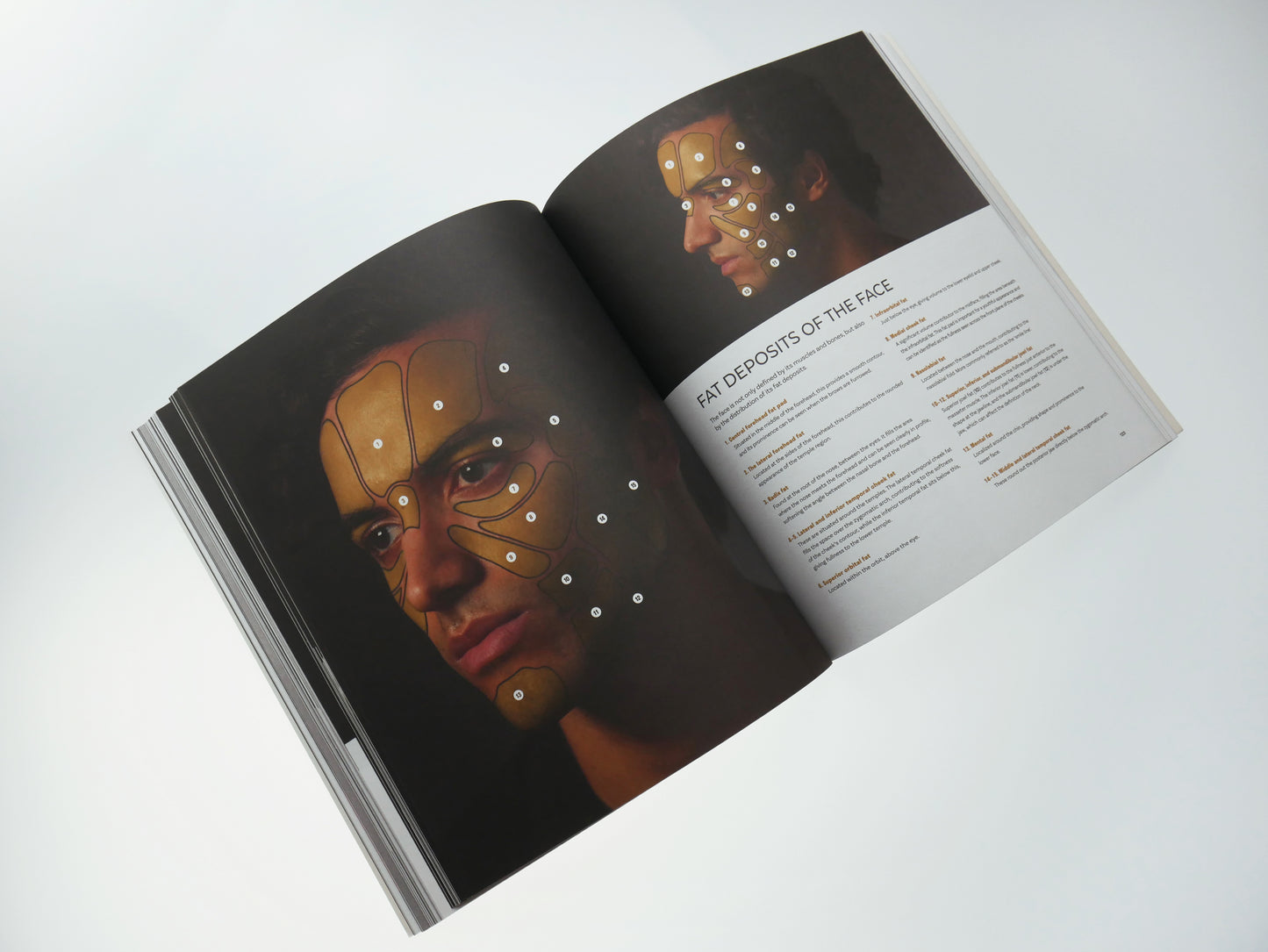
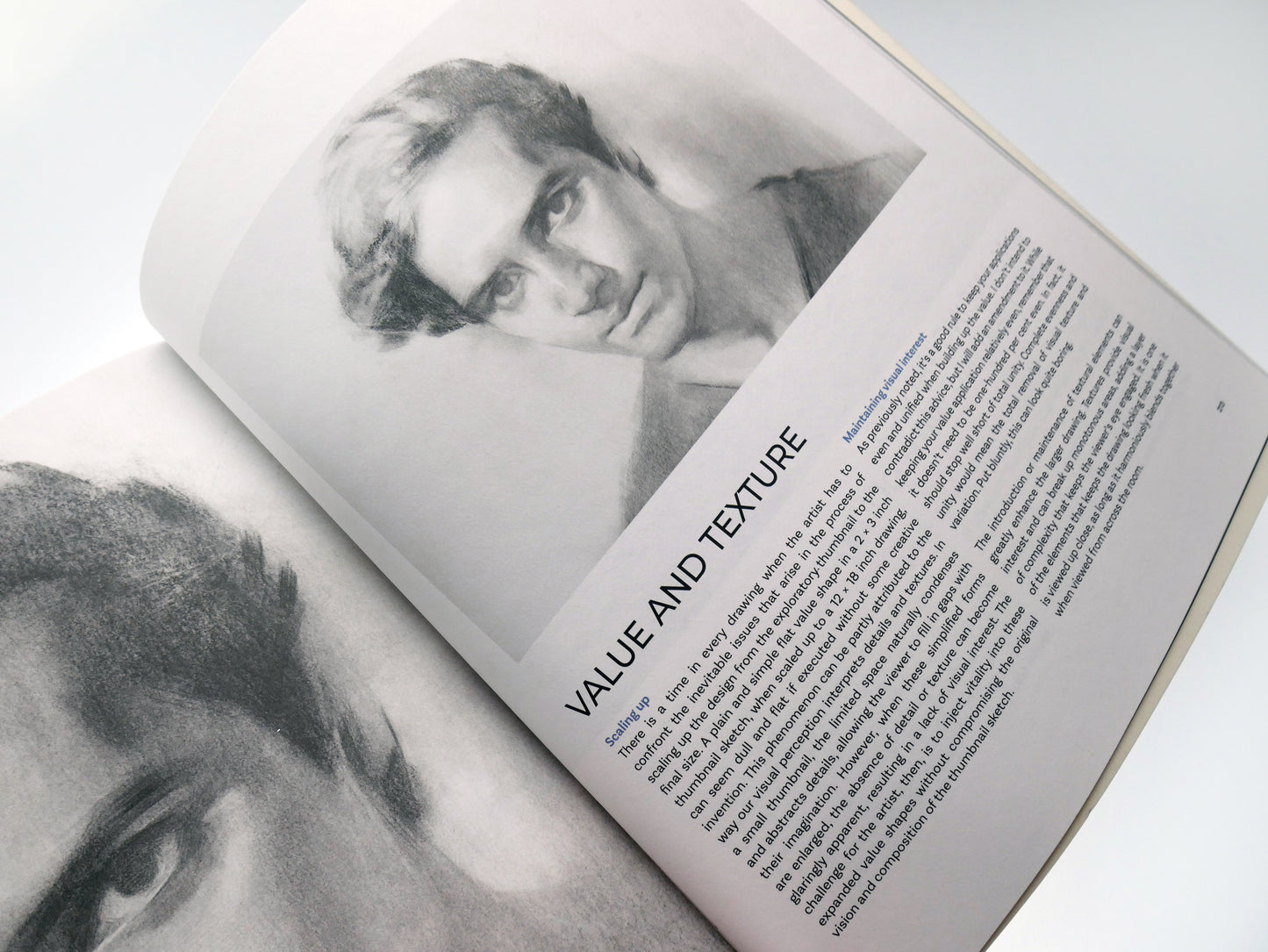
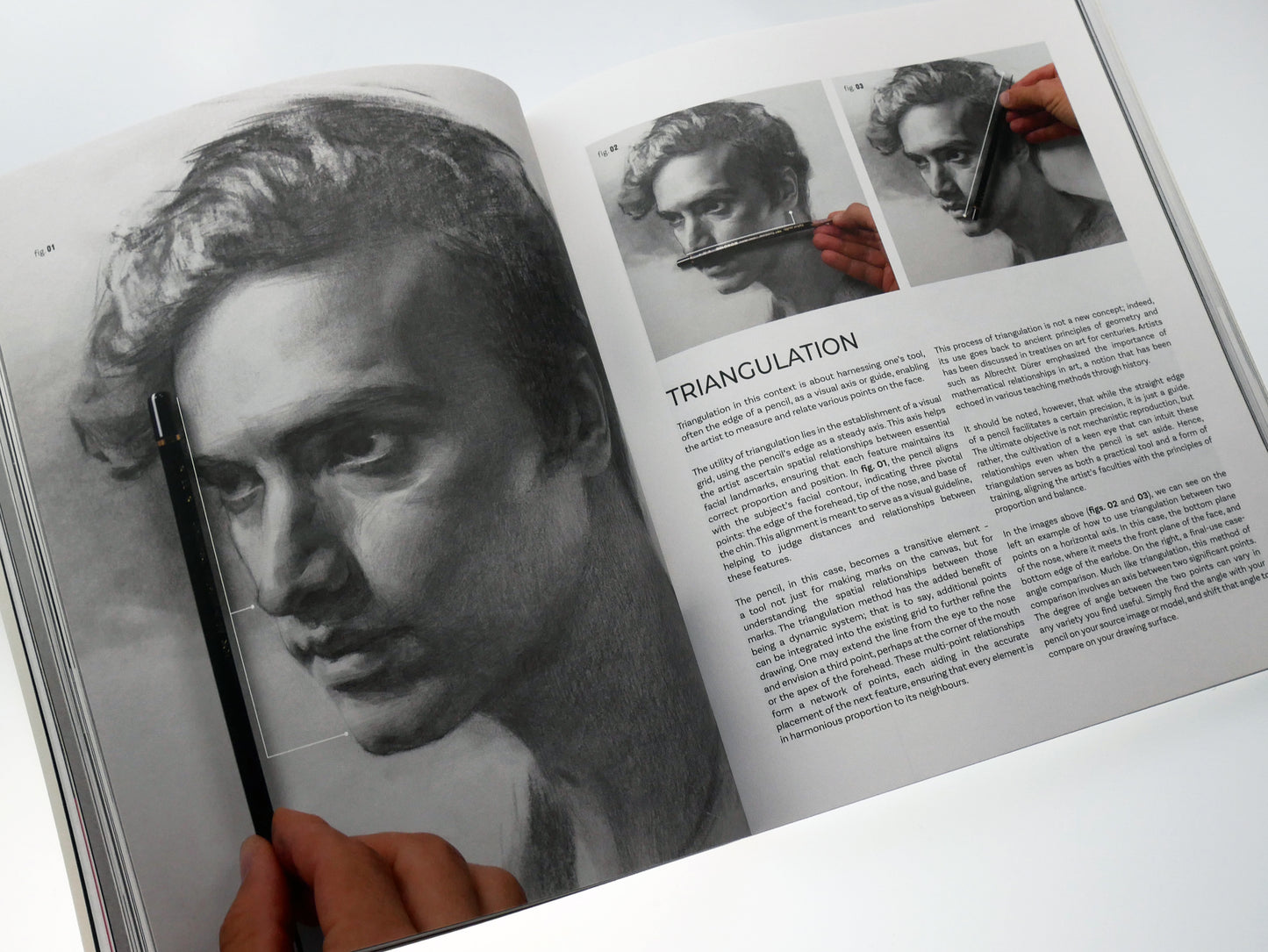
Collapsible content
More about this
book
In The Art of Portraiture, author, artist, and expert teacher Stephen Bauman offers a synthesis of the best lessons he has learned in his career as a student, as well as the most efficient exercises he’s developed as a professional artist and teacher.
Within the four main chapters – Vision, Foundation, Practice, and Process – invaluable topics are covered in thoughtful detail. These include classic fundamentals such as shadow, light, composition, and anatomy; each discussed with a philosophical approach and always with the artist’s individual journey in mind. In addition to art theory and educational insights, there are compositional analyses and practical exercises on specific techniques, accompanied by illustrative examples, helpful diagrams, and stunning finished pieces.
Combining an academic and philosophical artistic perspective, Bauman provides a wonderfully deep dive into the messy, marvellous, and often magical world of portrait drawing.
- High-quality illustrations, photographs, and educational diagrams
- Explores core topics including anatomy, composition, shadow, and light
- Study compositional analyses and follow practical exercises on specific techniques
- An extensive reference for any artist interested in learning the art of portraiture
Product details
Softback 232 pages
Dimensions: 270mm x 230mm
Paper quality: Full color premium paper pages
ISBN: 978-1-912843-91-6
About the artist
About the artist
 Stephen Bauman is a classically trained artist and spent 12 years as an instructor in the drawing and painting programme of the The Florence Academy of Art. He was also the director of the Anatomy & Ecorche Department for six years, first in Sweden and then in the USA. In 2020, he left the academy to focus his efforts on his art career and online courses.
Stephen Bauman is a classically trained artist and spent 12 years as an instructor in the drawing and painting programme of the The Florence Academy of Art. He was also the director of the Anatomy & Ecorche Department for six years, first in Sweden and then in the USA. In 2020, he left the academy to focus his efforts on his art career and online courses.
Contents and contributors
FOREWORD
PREFACE
VISION
Why Do We Draw?
Two types of vision
What is the goal of drawing?
THE LEARNING JOURNEY
What is the most useful way to learn?
Specifically, how do you learn to draw better?
Goal-setting and the 'SMART' approach
Practice
FOUNDATION
What is meant by foundation?
The siginal and the noise
Value, Light, And Shadow
Understanding values
Value relativity
Light and shadow
Lambert vs. linear value scale
The fall of light
Light for learning
Shadow shapes, light shapes
Organization And Simplification
Shadow is atmosphere, light is form
Organizing in a controlled setting
Selection and control
Simplification
3D-form-based simplification
Flat-shape-based simplification
The simplification of values
Organizing and keying edges
Visual Memory
All drawing is a visual memory exercise
Comparative measurements
Triangulation
Naive recognition
Anatomy
The sketletal and muscular system
Anatomical terminology
The bones of the skull
Muscles of the head and neck
Subcutaneous forms of the skull
The simplified model of the head
The frontal bone
The zygomatic bone
The mandible
The maxillae
Orbicularis oculi
Structures of the nose
Muscles of the cheek and chin
The masseter
The temporalis
The ear
Attaching the head to the body
Fat desposits of the Face
COMPOSITION
Thumbnailing
Composition terms
Start with a feeling
Keying and choices
Compositional analysis: Ivan Loginov
Compositional analysis: Ksenia Istomina
Compositional analysis: Daria Novikova
Compositional analysis: Nikolai Blohkin
PRACTICE
Getting Started
Studio set-up and effective practice
Materials
Three levels of drawing
The importance of an even tone
Exercise: Even tone practice
What can you learn from drawing a sphere?
Exercise: Sphere-drawing practice
Exercise: Simplified block-in practice
Drawing from memory
Exercise: Memory-drawing practic
Visual Block-In
Visual block-in: Stage one
Visual block-in: Stage two
Visual block-in: Stage three
Visual block-in: Stage four
Structural Block-In
Structural block-in: Stage one
Structural block-in: Stage two
Structural block-in: Stage three
Structural block-in: Stage four
Mass Drawing
Mass drawing: Stage one
Mass drawing: Stage two
Mass drawing: Stage three
Mass drawing: Stage four
Mass drawing: Stage five
PROCESS
A portrait is a story
Thumbnail development
Anatomical studies
A hybrid block-in approach
Keeping you options open
Value and texture
Balancing values and dealing with doubt
The final stage
A note on self-assessment
GALLERY
GLOSSARY
- Choosing a selection results in a full page refresh.
- Opens in a new window.












